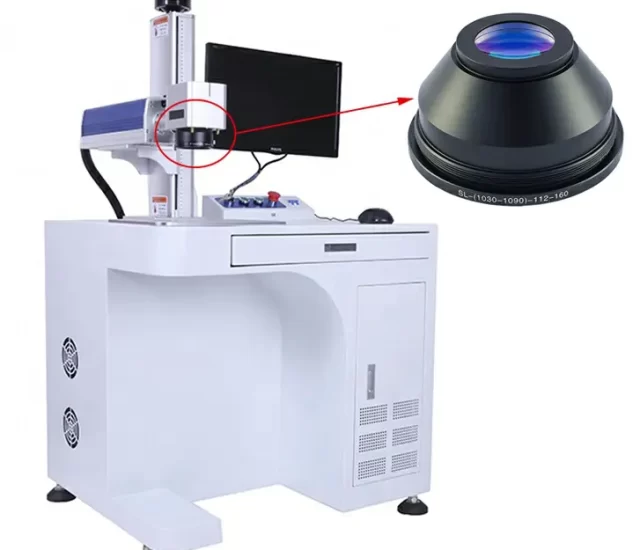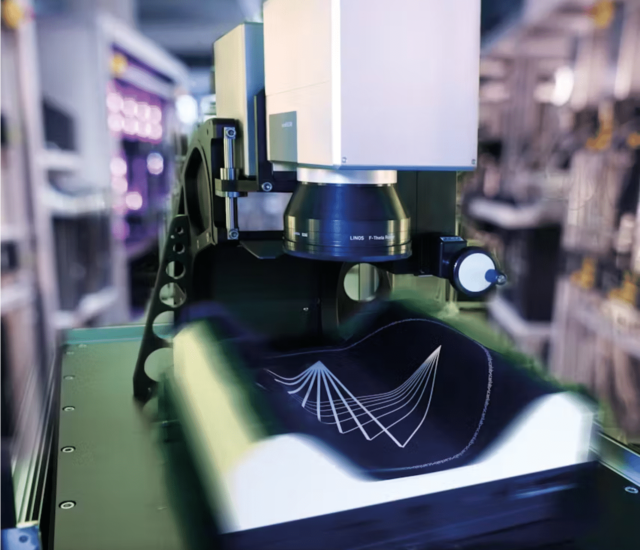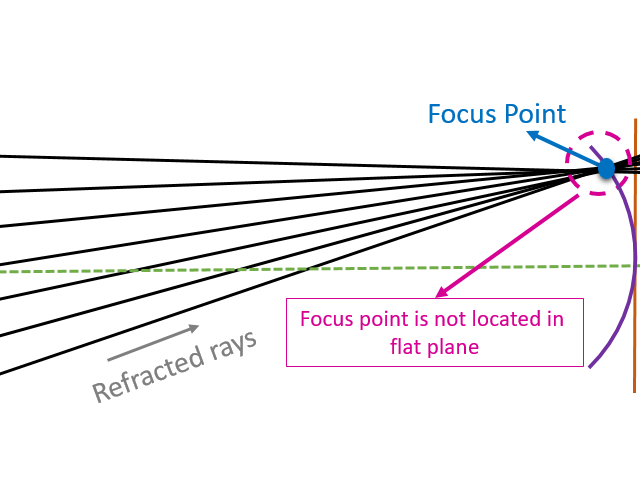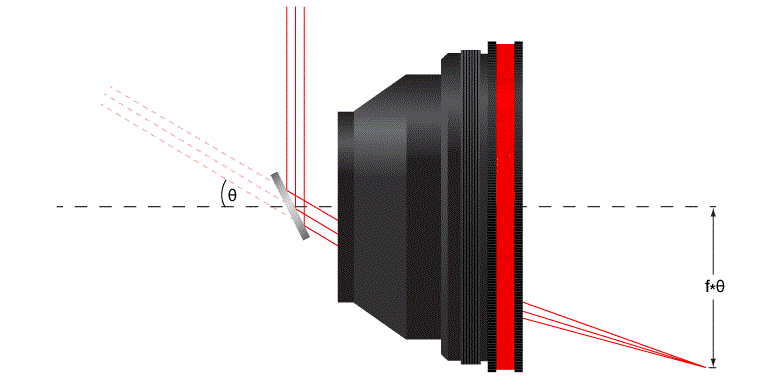


F-theta lenses keep laser-scanning nice and linear
F-theta lenses keep laser-scanning nice and linear F-theta lenses have a laser spot position linearly proportional to the scan angle and are thus useful in many laser-scanning applications. Laser scanning systems are used to scan a spot (or, with two scanning mirrors a line) or to accomplish laser-machining tasks such as drilling or cutting. Laser [...]
How F-Theta Lenses work ( & when to use one)
A scanning system moves a laser in two or three dimensions linearly, usually by using scan mirrors or galvanometers. The laser beam can be focused to engrave images on different materials and for drilling, cutting, or other applications. When using traditional lenses for this application, however, the profile changes as the focus beam moves away. [...]




